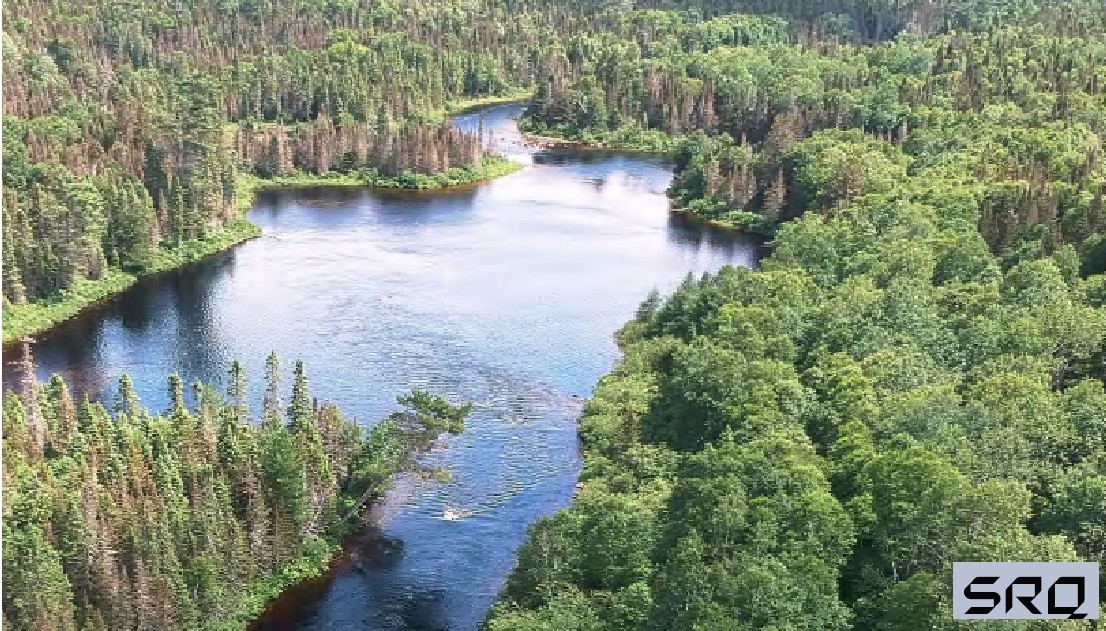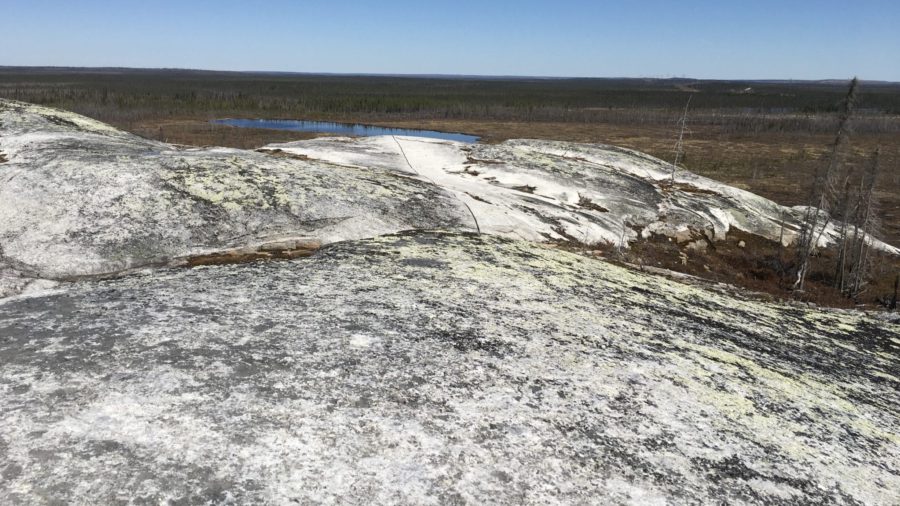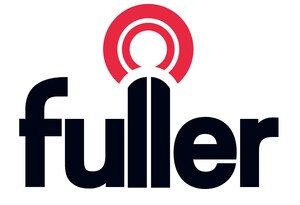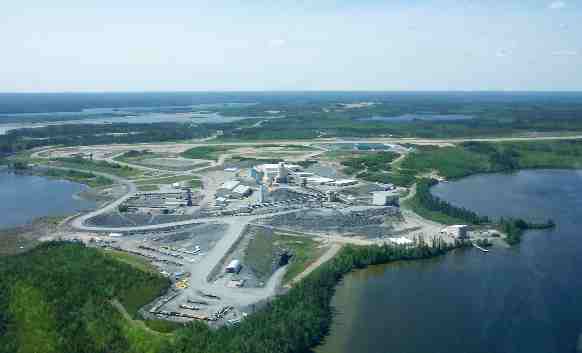Yukon weighs large scale mining at Casino proposal
It may host only one active mine – Capstone Mining’s Minto copper operation – but Paul West-Sells, CEO of Western Copper & Gold, says the Yukon has a lot going for it as an emerging mining jurisdiction.

Paul West-Sells, CEO of Western Copper & Gold.
It has settled land claims with most of the First Nations groups there and a more sophisticated roadmap on working with First Nations; it’s indisputably underexplored and mineral-rich, and it now has its first major advancing a project through permitting – Goldcorp and its Coffee project south of Dawson.
“I feel very, very positive about what’s happening up in the Yukon,” says West-Sells who has been working to advance Western Copper & Gold’s Casino project, in the southwest corner of the territory for a decade now.
Another recent positive push for the Yukon was the announcement of federal funding in September for the Northern Resource Gateway project, which is aimed at improving access to the key, mineral-rich areas of the Dawson Range and Nahanni Range. Federal, territorial and industry commitments for the eight-year project total close to $500 million for road infrastructure.
Casino, located 150 km northwest of Carmacks, would benefit from a government-funded upgrade of the road from Carmacks to about halfway to the project. The rest of the road to Casino would be 30% covered.
While it won’t make a huge difference to the economics of the project, West-Sells says that the announcement represents a level of support for the projects that will benefit from the infrastructure.
“There are still agreements between the various levels of government and the First Nations governments that need to be made, but really it shows that everybody is in general agreement that the projects that will be impacted, with Casino being the biggest one, are projects that the various levels of government are comfortable with moving forward. It’s a huge endorsement,” he says.
In the shadow of Mount Polley
After a positive feasibility study was completed on Casino in early 2013 showing an after-tax net present value of $1.8 billion, internal rate of return of 20% and capital cost of $2.5 billion, the project entered the permitting phase in early 2014.
Originally, the project was being reviewed at the executive committee level. However, in 2016, the Yukon Environmental and Socio-Economic Assessment Board (YESAB) moved Casino to a higher-level panel review. According to YESAB, a panel level review is established in cases where a project may have significant adverse effects, are likely to cause significant public concern, or involve the use of controversial technology.
In the case of Casino, a large porphyry copper-gold deposit with a proposed 120,000 t/day operation and 22-year mine life, the biggest reason was heightened concerns about tailings management stemming from the 2014 tailings dam failure at Imperial Metals’ Mount Polley mine in B.C.
“After Mount Polley, all tailings facilities and particularly conventional tailings storage facilities where there’s a dam and you’re storing the tailings behind that, were put under a lot of scrutiny,” West-Sells said.
(YESAB was also concerned about the mine’s potential impacts on caribou, which the company has responded to by proposing a new location for its air strip that would leave more caribou habitat intact.) Casino would be the biggest mine ever built in the Yukon, and one of the biggest in Canada. And as a typical large, low grade porphyry, the open-pit mine would leave behind a lot of waste rock and tailings. (The deposit hosts proven and probable millable reserves, not including heap-leachable reserves, of 965 million tonnes grading 0.2% copper, 0.023% molybdenum, 0.24 g/t gold, and 1.74 g/t silver.) Its tailings pond, as envisioned in the 2013 feasibility study, would cover 11 sq. km and would be 286 metres high – one of the tallest tailings dams anywhere in the world. While the company, which is sensitive to concerns around tailings facilities, can’t do much to reduce the volume of waste at Casino, it can reduce the amount of water stored in the tailings facility West-Sells says. Two different processes are under way exploring how to do that.
Since the Mount Polley failure, YESAB has followed the lead of B.C. regulators in adopting the requirement for a Best Available Tailings Technology (BATT) study for any projects that would produce tailings.
Western Copper & Gold started its BATT study, which involves looking at the best combination of tailings technology and sites to host tailings facilities at the project, in mid-2017.
The study, which should be complete by mid-2018, involves First Nations, all levels of government, regulators, and Western Copper’s technical team.
West-Sells says the process will be successful if all parties can reach a consensus agreement on the best technology to use to deal with tailings and mine waste at Casino.
Changing expectations
In addition to the BATT study, after Casino was moved to a panel review, Western Copper & Gold brought in an independent engineering review panel of top experts in the field to look at its tailings plans and make recommendations.
While the panel said the original plan was fine, its members did make recommendations on how to reduce the amount of water stored in the tailings dam.
“If you look at Mount Polley and what caused the failure – they talk about that unstable ground underneath the tailings dam, that’s where the failure happened, but really what was pushing that was the amount of water that was on top of that facility,” West-Sells says. “The process isn’t done, but what’s left in terms of the options are all options where there is significantly less stored water in the facility.”
Only 20% of the tailings material will be potentially acid-generating, meaning they need to be covered with water to avoid oxidation and acid-mine drainage.
West-Sells says the philosophy behind tailings dam design has changed drastically since Mount Polley.
“You didn’t really consider what failure looked like and reducing the amount of water in case of a failure,” he says, explaining it was common to add extra water to ensure there would be enough to cover all the material.
“When we went back and said “How much water do we actually need to have stored on the surface of the facility, the answer was almost zero. So, during closure, there’ll be no surface water and during operations there will be a minimal amount of surface water required – it ends up being very, very little.”
Although West-Sells said dry-stacking would be “unique” as a method at Casino, given the volume of tailings and waste, the types of waste materials and the project’s northern location, it is under consideration as an option.
“If that ends up being the best technology and best way forward, then that’s what we’ll go with,” he said.
Most of the documents Western Copper & Gold needs to submit for panel review were already completed at the executive committee level, but it still needs to complete its tailings studies and First Nations land use studies that have been requested. The project isn’t expected to see a yes/no recommendation by YESAB until early 2020.
First Nations relationships
The Casino project is located primarily within Selkirk First Nations traditional territory, but the company is consulting with five First Nations: three that will be impacted by infrastructure built on their traditional territory and two that could potentially be affected by downstream impacts of the mine.
West-Sells says the relationships are positive and have been nurtured since the company first acquired Casino in 2006.
“We’ve been up there for 10 years – some of the First Nations, I’m meeting my third chief. That adds a lot to it, that we’ve been up there, that we’ve continued to work with the First Nations, continued to get their input, consult with them, bring them up to site – we just had the new chief of Selkirk First Nation up at site a couple of months ago.”
Selkirk Chief Sharon Nelson declined to comment on the project, as the BATT review is still ongoing.
Economics
If Casino is ultimately approved, Western Copper & Gold’s next hurdle will be funding for the $2.5-billion project.
The company recently hired M3 Engineering to determine if the economics outlined in Casino’s 2013 feasibilty are still valid today. The review, which falls short of a full updated technical report, found the economics to be very similar today, despite differences in metals prices, labour costs and other inputs, M3 found the economics to be very similar today.
“Bringing those (updated numbers) in and using long-term commodity price forecasts from today – which are significantly less than what we were using in 2013 – we ended up with almost exactly the same economic returns as were predicted in 2013,” West–Sells said.
About 60% of Casino’s revenue would come from copper and 40% from gold. Western Copper would need a joint venture partner to help build the project. West-Sells expects a copper company will be best suited as a partner because gold companies are less comfortable with higher-capital projects – and have proven less adept at capital management.
“I think where this is going to fit comfortably is with a partner that’s a copper company,” West-Sells said. “If you look at the entire world of copper development projects that are out there, a project such as Casino, which has a capital cost of $2.5 billion, is a middle of the road capital cost project,” he added, citing the $6-billion cost of First Quantum Minerals’ Cobre Panama project.





Comments